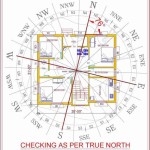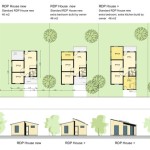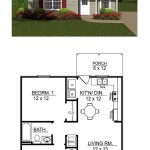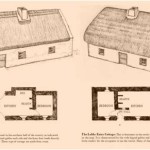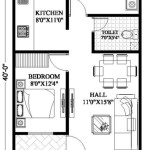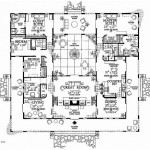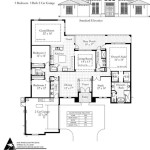Building the Perfect Bluebird Box: A Comprehensive Guide to Essential Aspects
Bluebirds, with their captivating azure plumage and cheerful songs, are a cherished sight in many backyards. Providing them with suitable nesting boxes is crucial for their survival and the flourishing of their populations.
1. Dimensions and Specifications
The optimal dimensions for a bluebird box are:
- Floor: 5" x 5"
- Height: 6" - 8"
- Entrance hole: 1 1/2" diameter, placed 1" below the roof
2. Roof and Ventilation
The roof should have an overhang of at least 2" on all sides to protect the box from rain and predators. Adequate ventilation is essential to prevent overheating and condensation. Provide two 1/2" ventilation holes, one near the top of the front and one near the bottom of the back.
3. Entrance Hole
The size and placement of the entrance hole are critical. It should be large enough for bluebirds to enter and exit comfortably, but small enough to deter larger birds. Mount the entrance hole 1" below the roof to make it inaccessible to predators with longer beaks.
4. Perch
Adding a perch just below the entrance hole provides a convenient resting spot for bluebirds. The perch should be about 2 inches long and 1 inch wide, placed 1-2 inches below the hole.
5. Drainage Holes
Drainage holes in the bottom of the box allow for proper drainage of rainwater. Drill several 1/4" holes to prevent water from accumulating and potentially harming the birds.
6. Material and Construction
Choose durable materials that withstand outdoor conditions. Cedar, redwood, and cypress are popular options due to their weather resistance. Avoid treated lumber as the chemicals can be harmful to birds. Ensure the box is sturdy and well-built to protect the occupants.
7. Location and Monitoring
Mount the box in an area that offers protection from strong winds and direct sunlight. Choose a location visible from a window or other vantage point for monitoring. Face the entrance hole away from prevailing winds and predators. Inspect the box regularly for cracks, damage, and debris. Clean it thoroughly before each nesting season to provide a fresh and safe environment for the birds.

Going To Be Building Several Bluebird Nesting Boxes Help Keep The Bugs Out Of My Garden House Plans Bird Kits

Free Bluebird House Plans Multiple Designs

Eastern Bluebird Birdhouse 70birds Plans Index

Bluebird Birdhouse Plans Complete Step By Instructions For Building A Bird House

Eastern Bluebird Maryland S Wild Acres

Eastern Bluebird

Researchers Learn What It Takes To Make The Bluebird Of Happiness Happy Cornell Chronicle

Bluebird Birdhouse Plans Complete Step By Instructions For Building A Bird House

Build A Bluebird House In An Afternoon Diy Family Handyman

How To Build A Bluebird House With Pictures Wikihow

